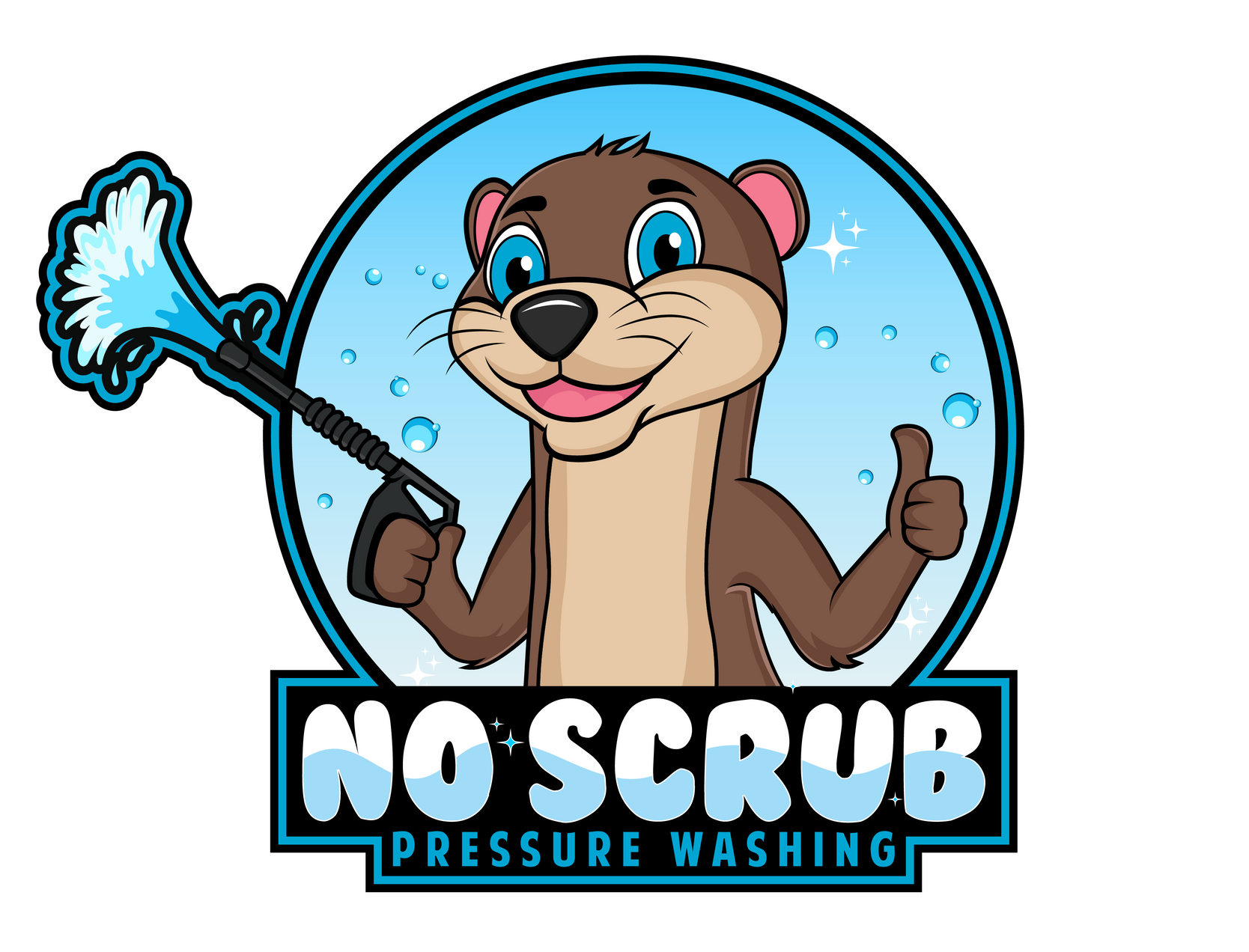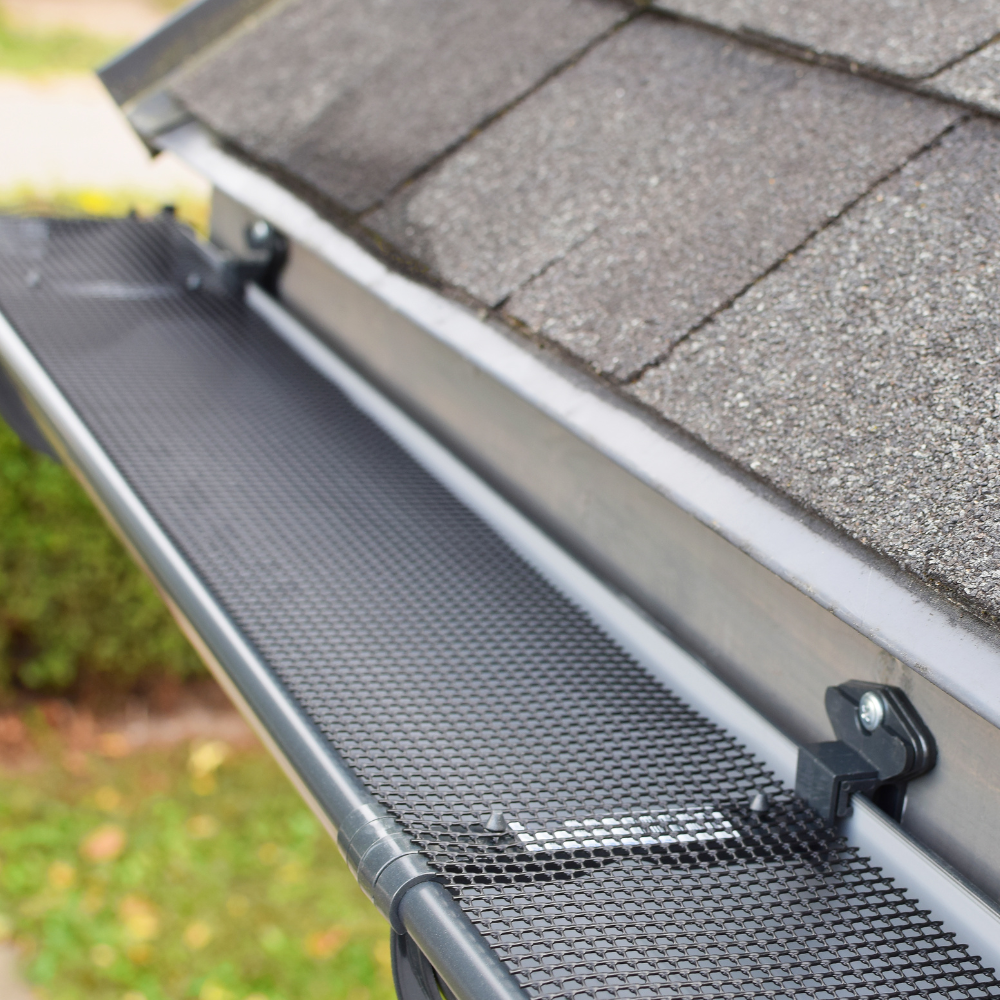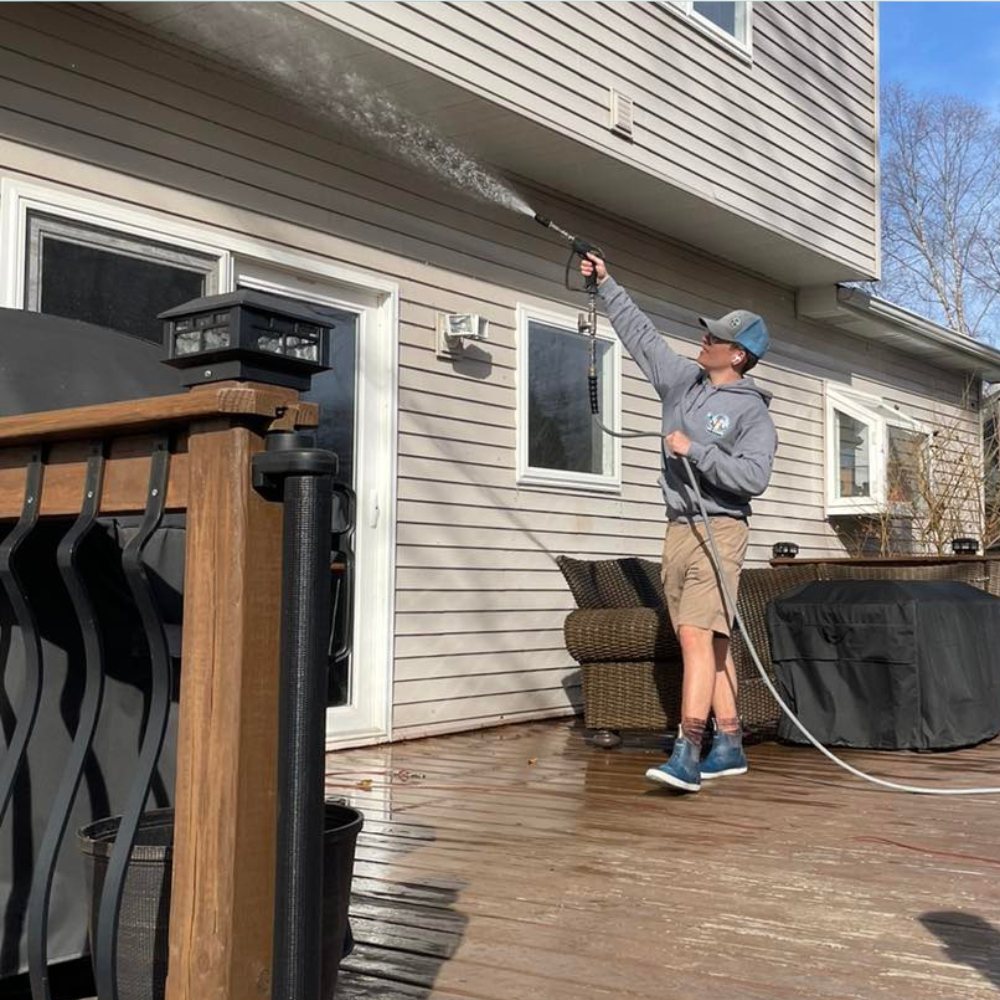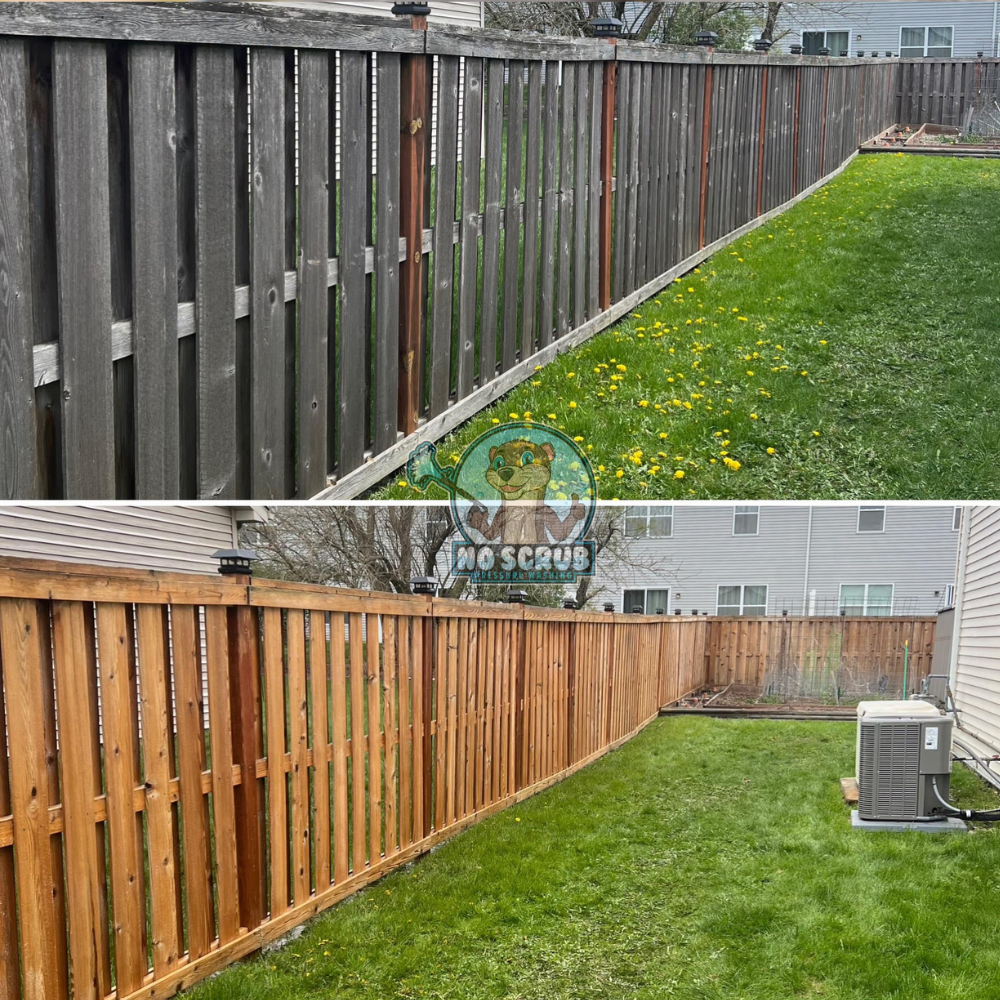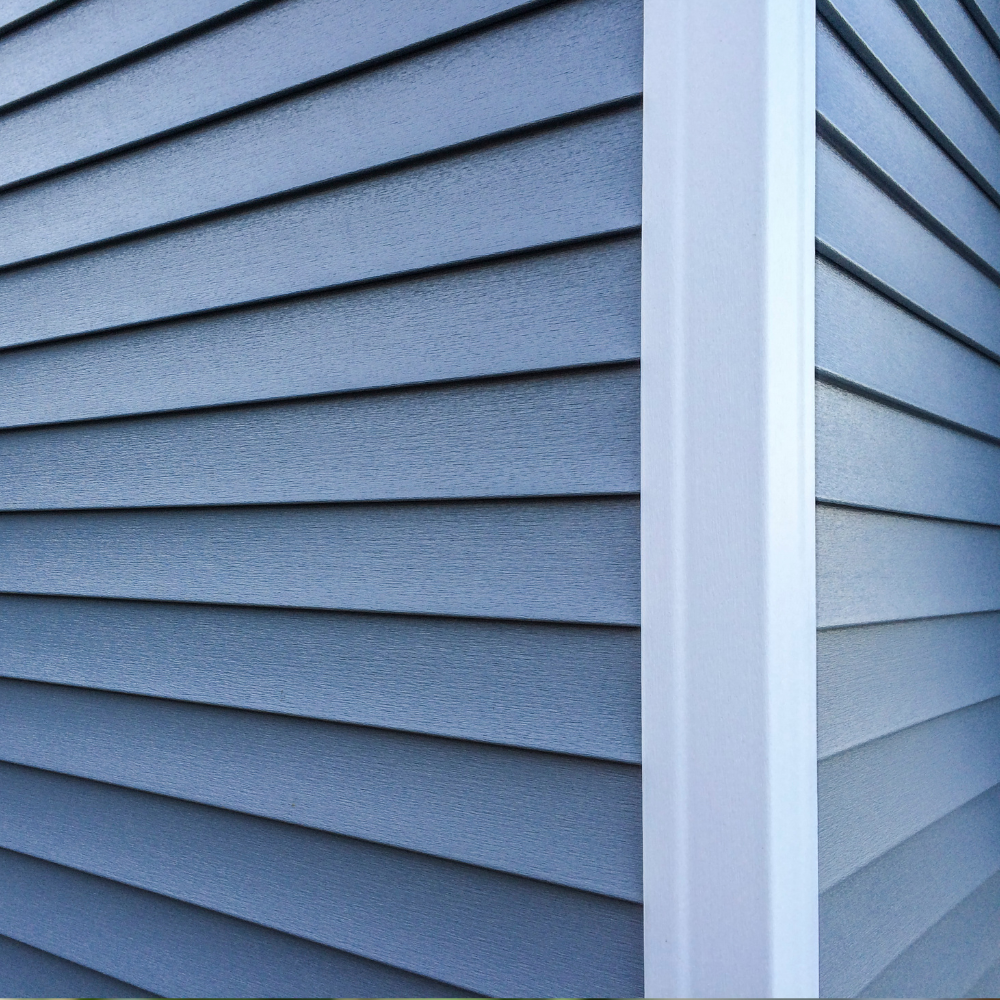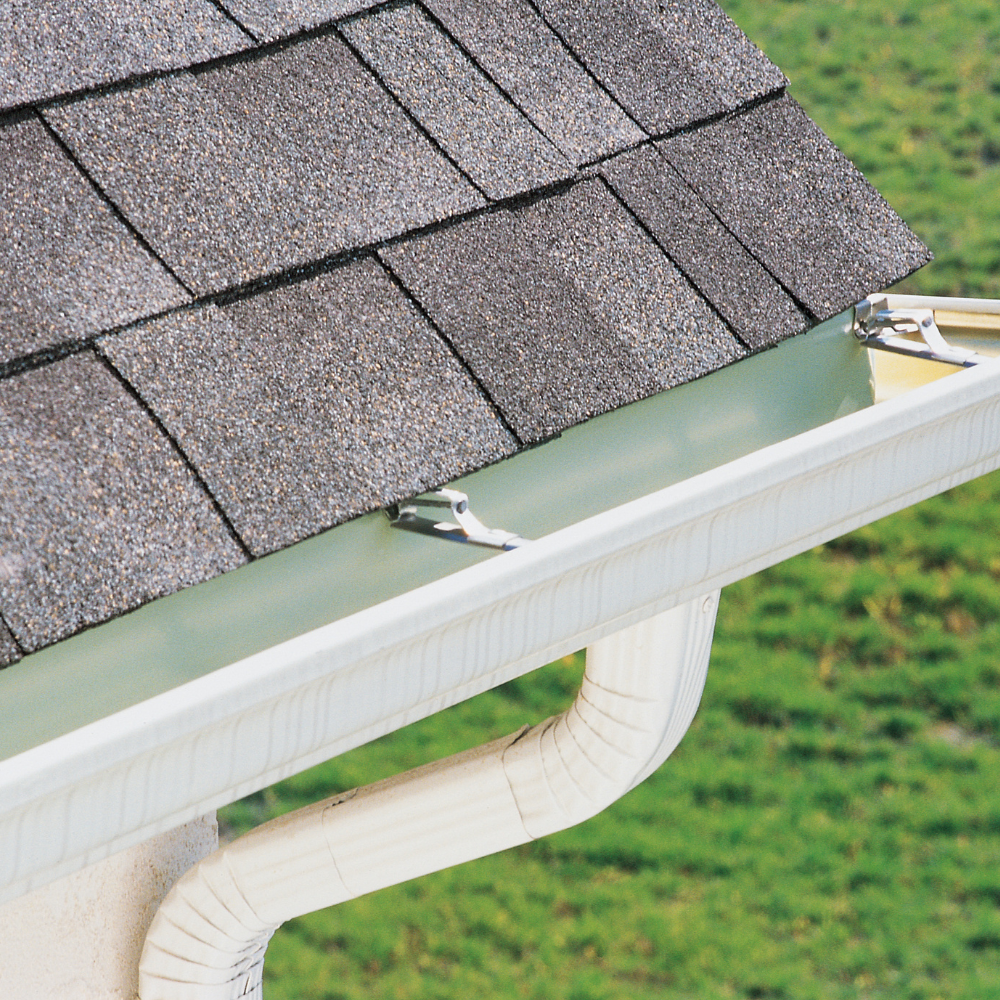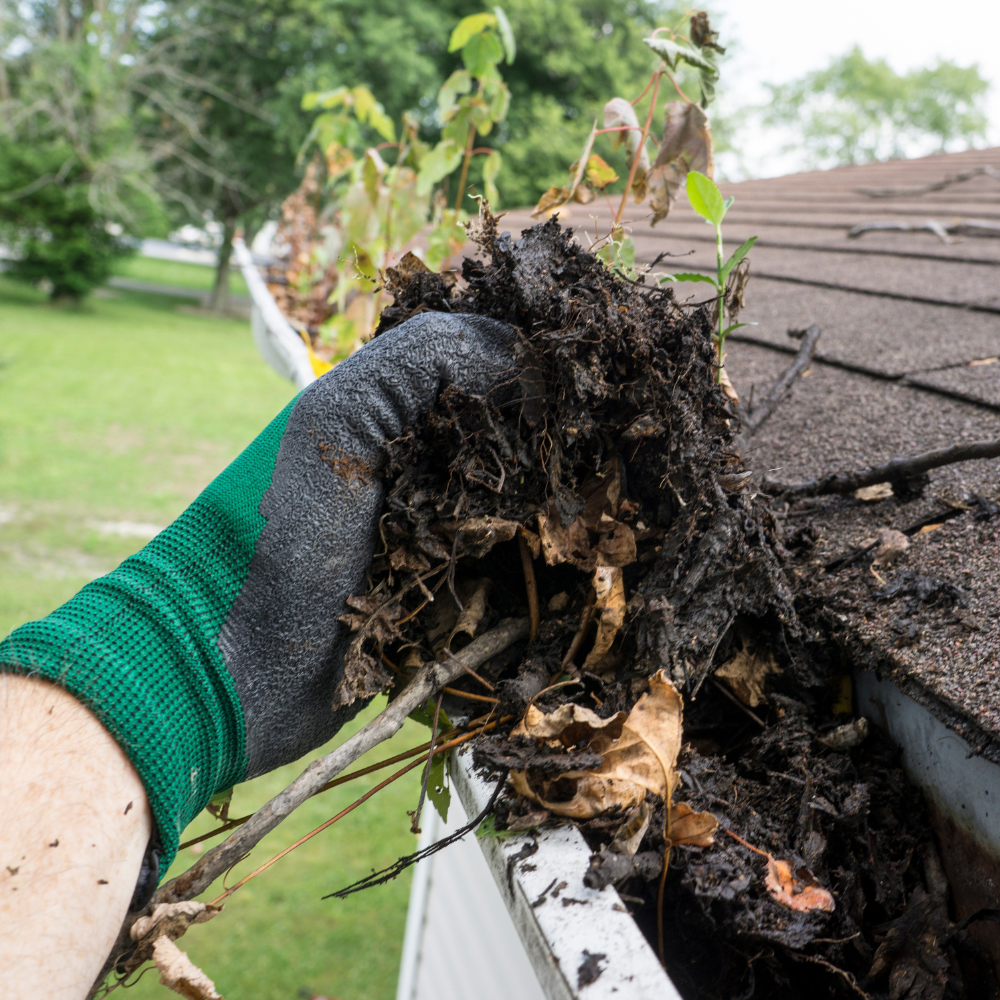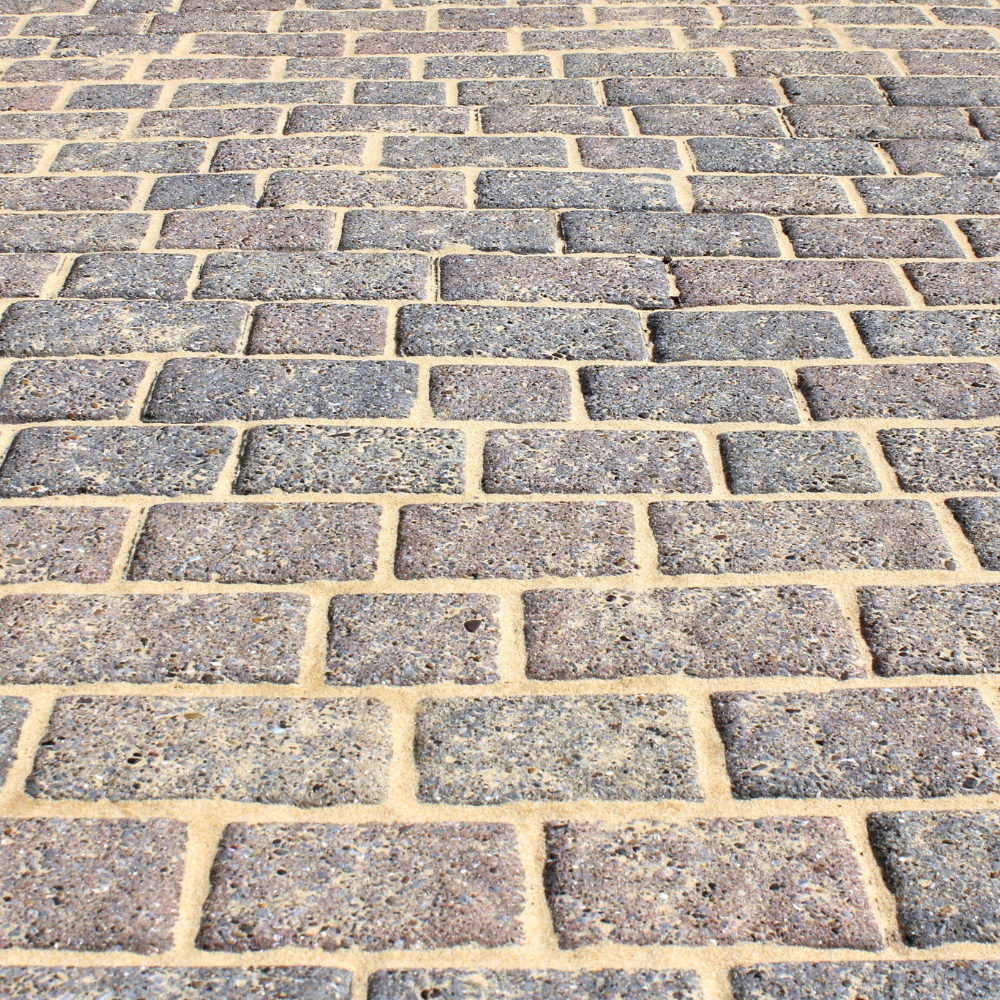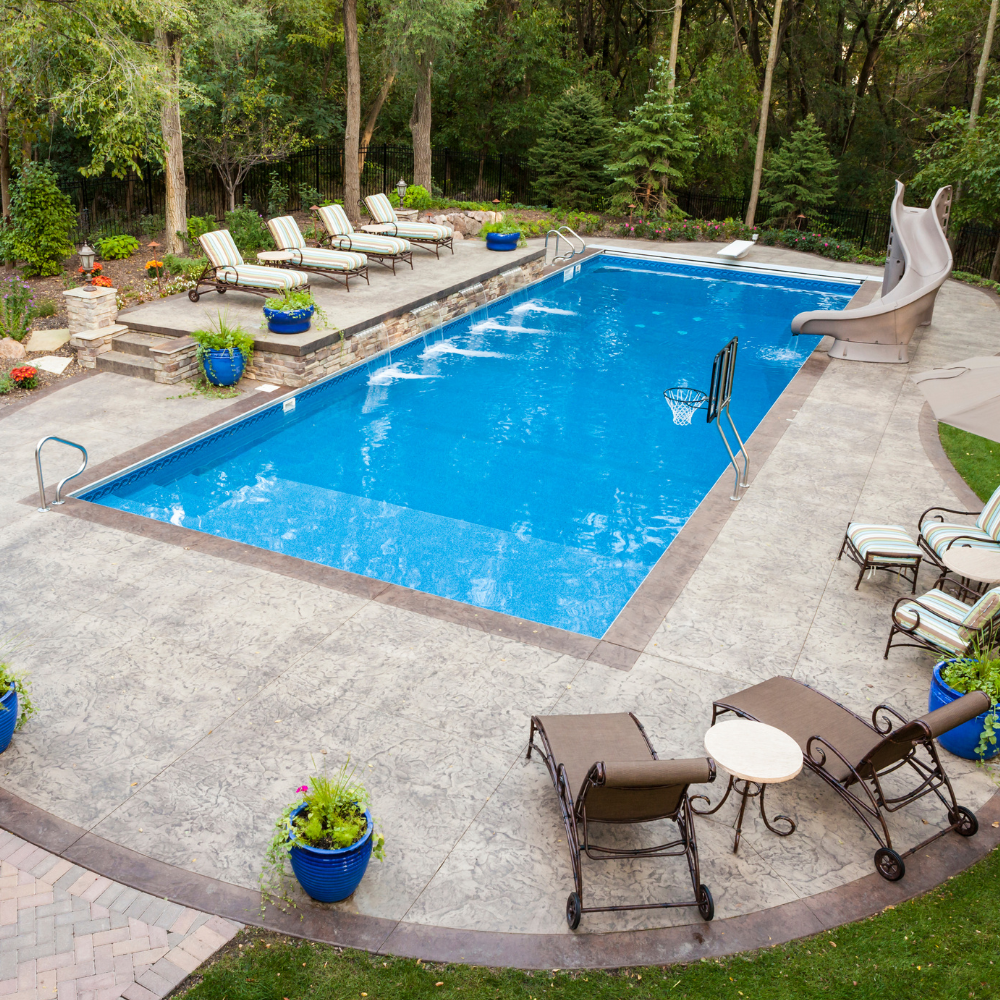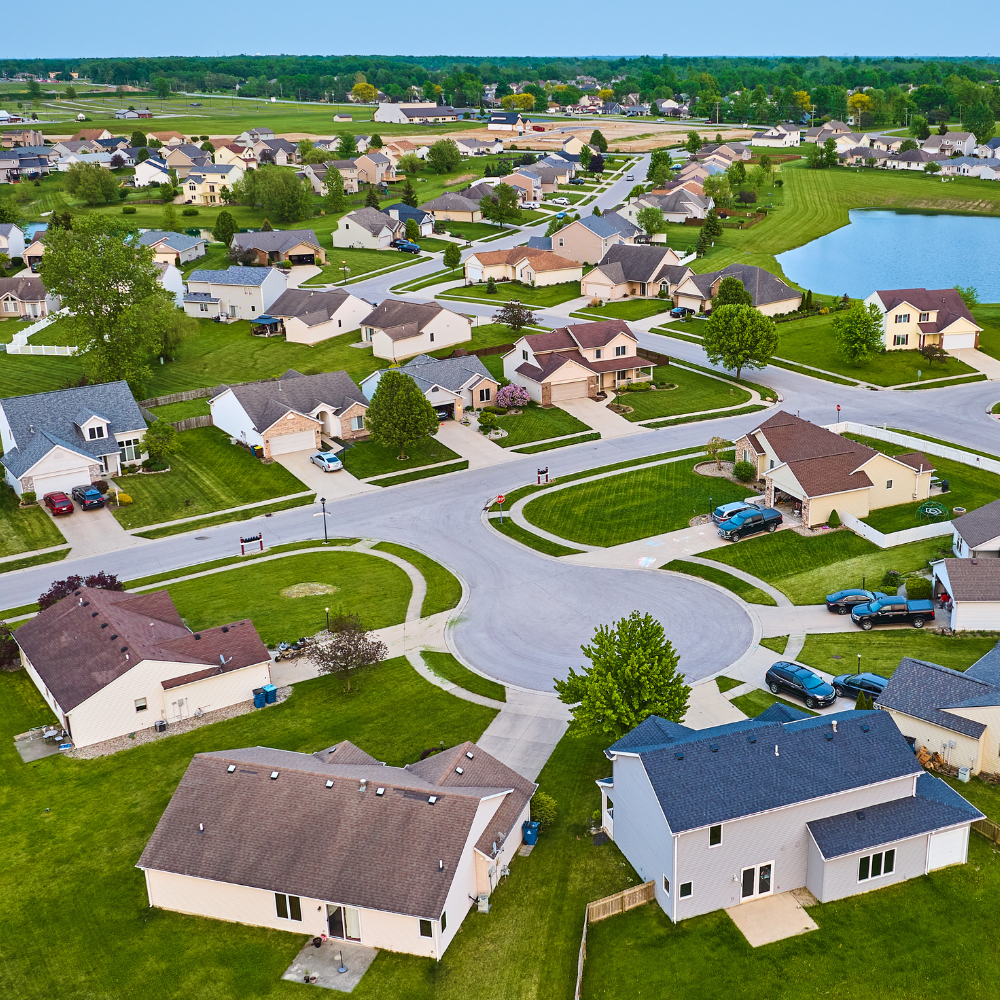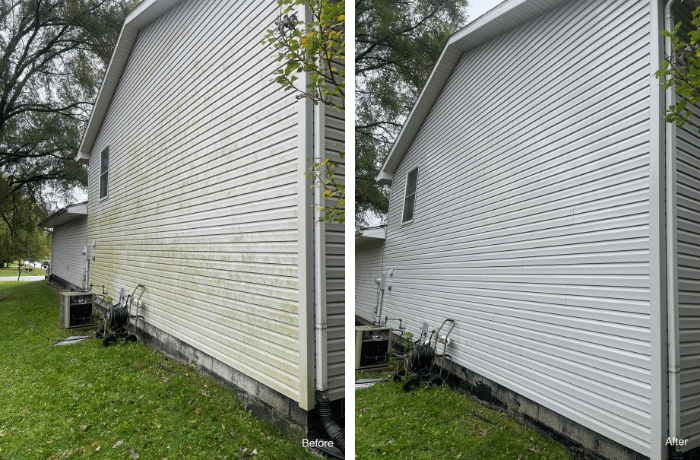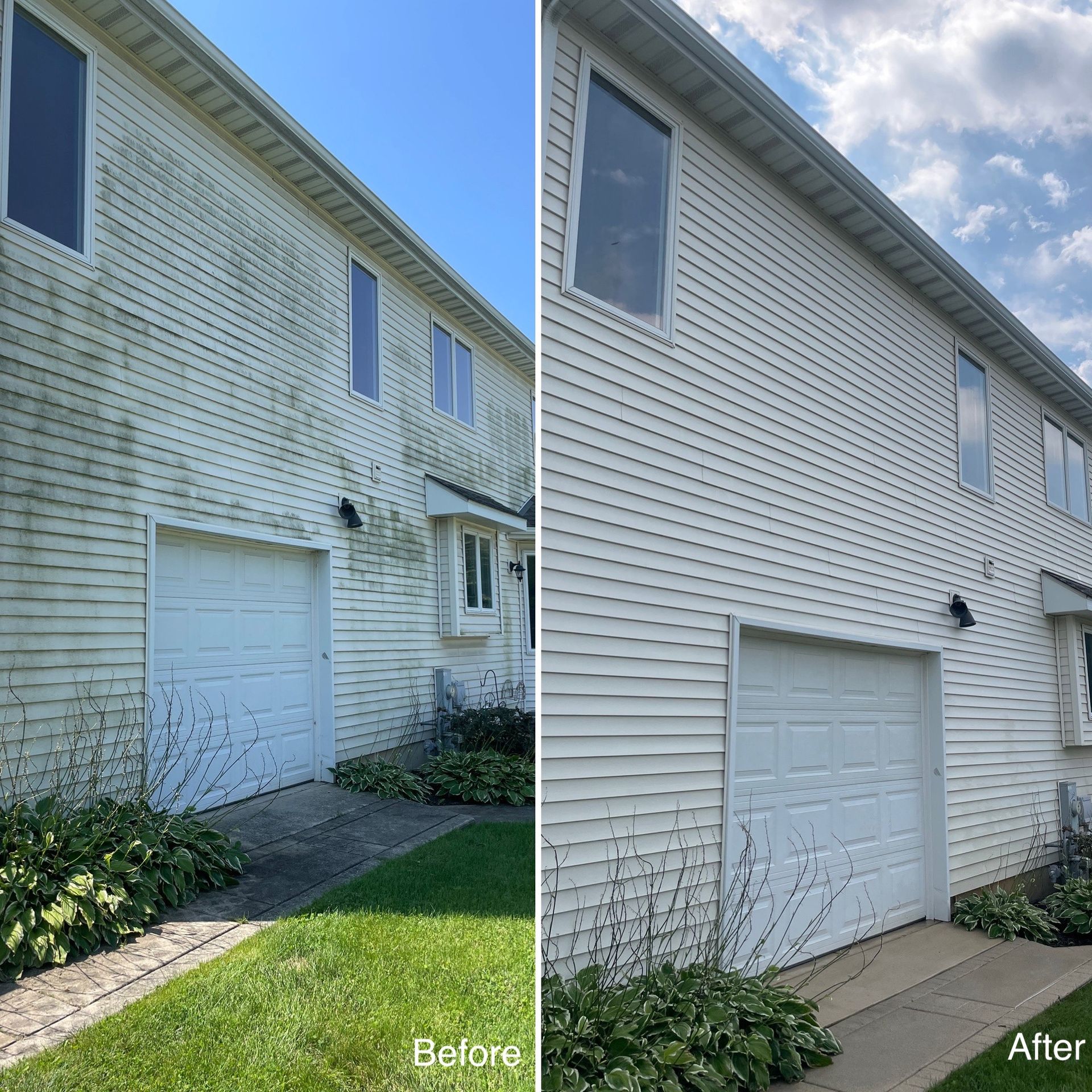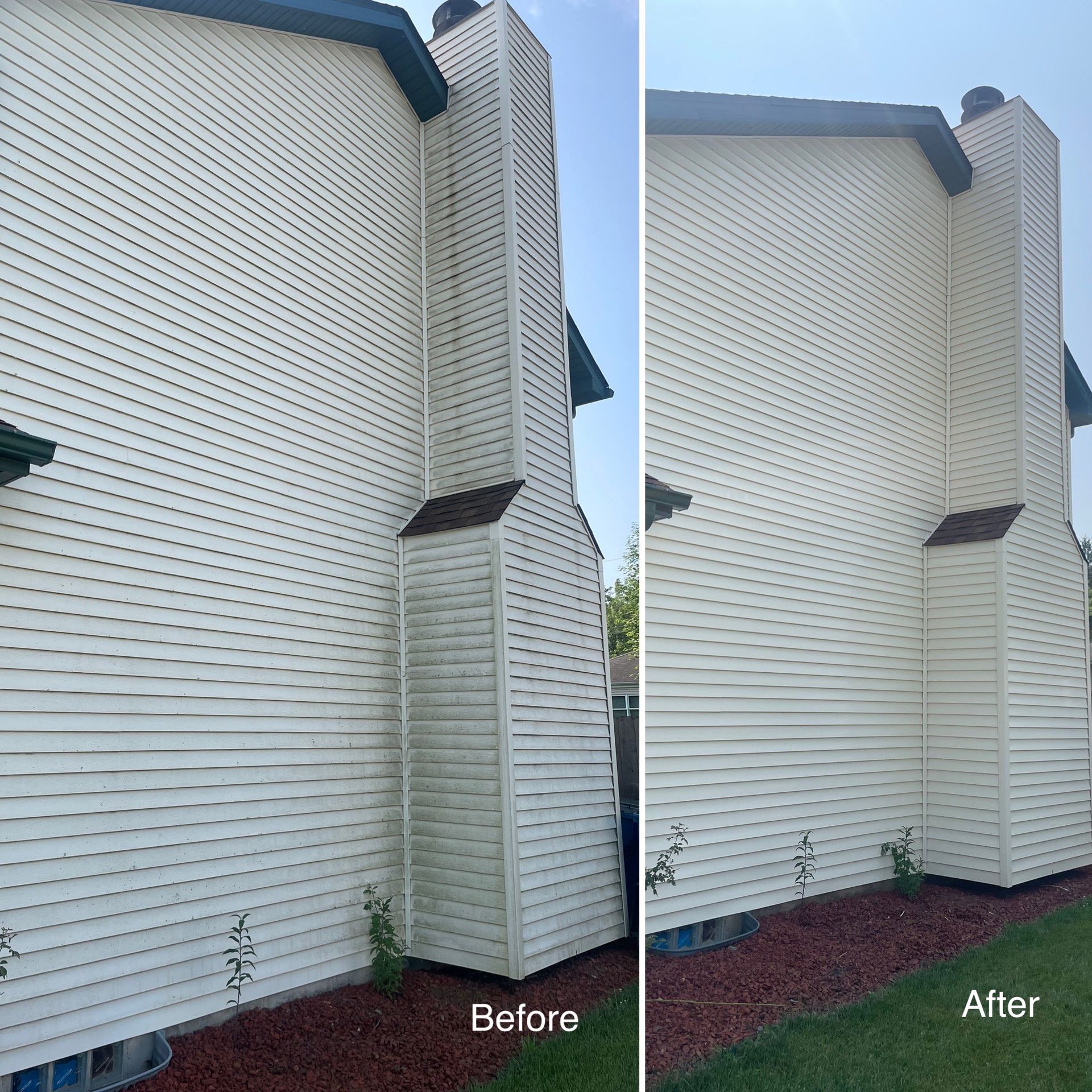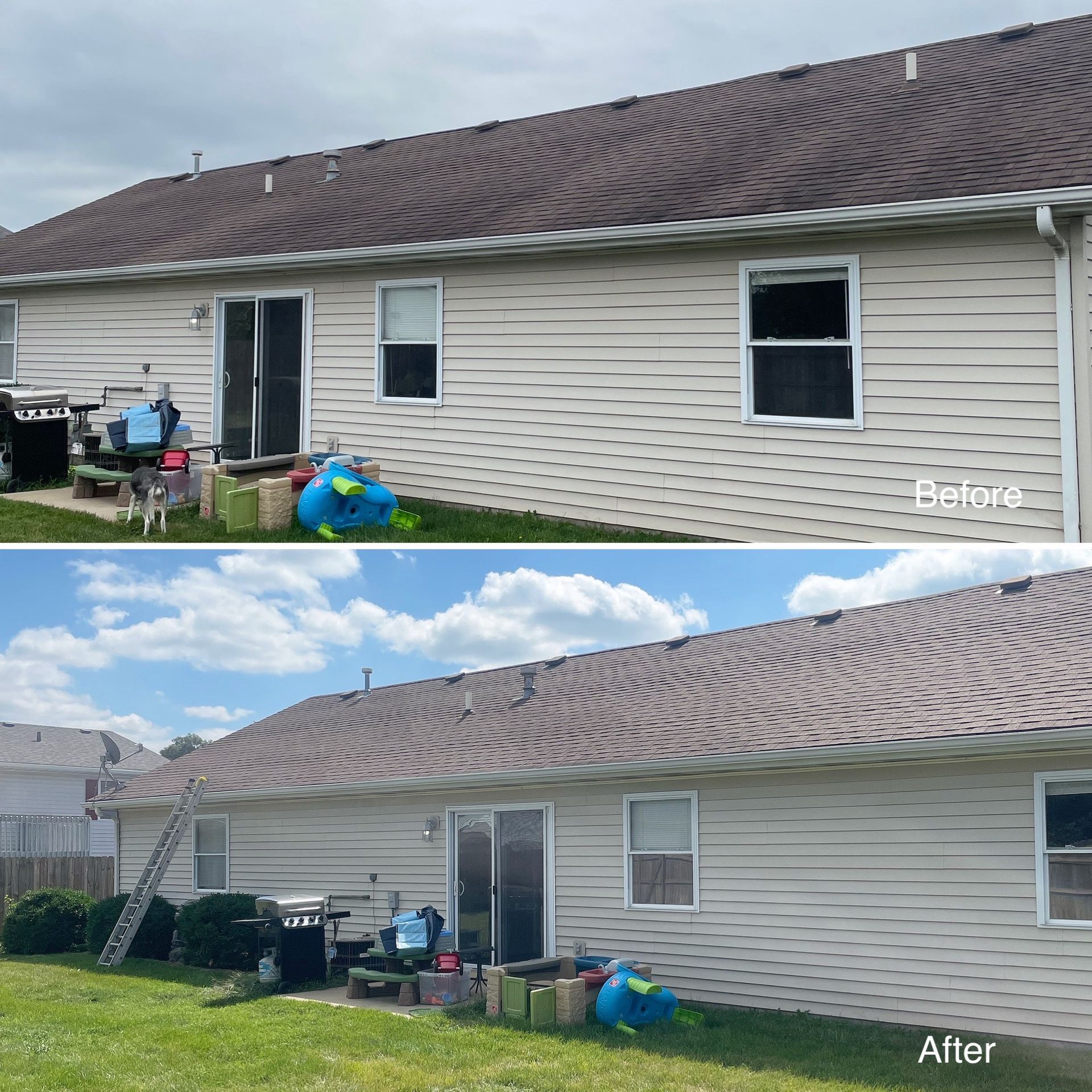How Often Should You Pressure Wash Your Home? (Ultimate Guide)

Maintaining your home’s exterior is not just about aesthetics; it’s about preserving your property’s integrity. One of the most effective ways to do this is through pressure washing. But how often should you pressure wash your home? In this guide, we will explore the benefits, factors to consider, and general recommendations for pressure washing frequency. Let’s dive in!
1. What Is Pressure Washing?
Pressure washing involves using high-powered water spray to clean surfaces like siding, driveways, decks, and roofs. The machine ejects water at high pressure to remove dirt, grime, mold, mildew, and other contaminants from a variety of surfaces. It's one of the most efficient ways to maintain your home’s exterior, giving it a fresh, clean look without the need for harsh chemicals or intensive scrubbing.
How It Works:
A pressure washer uses a motor (either electric or gas-powered) to force water through a nozzle at varying pressures, measured in PSI (pounds per square inch). The PSI setting determines how powerful the stream is and dictates what type of surface can be safely cleaned.
Key Areas to Use Pressure Washing:
- Exterior walls (brick, vinyl, wood)
- Driveways and walkways
- Decks and patios
- Roofs and gutters
2. Benefits of Pressure Washing Your Home
Pressure washing offers more than just a cleaner look. It provides a wide range of benefits, both aesthetic and functional.
Improves Curb Appeal
A clean home exterior immediately improves your home’s visual appeal. If you’re planning to sell, pressure washing can make a great first impression on potential buyers, increasing the value of your property.
Prevents Long-Term Damage
Dirt, mold, mildew, and algae can accumulate on your home’s exterior over time. These contaminants can eat away at surfaces, leading to long-term structural damage if not addressed. For example, algae and mold thrive in moist environments and can penetrate your home’s siding, causing rot or deterioration.
Saves Money in the Long Run
Regular pressure washing can save you money by preventing the need for costly repairs. If dirt, grime, or mold is left untreated, it can cause permanent staining or damage to your home’s exterior materials, leading to expensive replacements or extensive repairs.
Healthier Environment
Pressure washing helps eliminate mold, algae, and mildew, which are not only unsightly but can also cause health issues, especially for those with allergies. Keeping your home’s exterior clean improves air quality around the house, reducing allergens and pollutants.
Prepares Surfaces for Painting or Renovation
If you're planning to repaint your home or refinish your deck, pressure washing is the perfect first step. It removes dirt, dust, and loose paint, creating a clean and smooth surface that ensures better paint adhesion.
3. Key Factors Determining How Often to Pressure Wash
There isn’t a one-size-fits-all answer to how often you should pressure wash your home. Several key factors influence the ideal frequency for your specific situation.
Climate and Weather Conditions
Homes in regions with high humidity, frequent rain, or extreme temperatures may require more frequent pressure washing. Humidity encourages the growth of mold and algae, while dust from dry climates can accumulate quickly.
- Humid Climates: Mold and mildew grow faster, requiring pressure washing every 6 months to a year.
- Dry, Dusty Climates: Homes in arid environments can often go longer, with annual pressure washing being sufficient.
Location of Your Home
If your home is near a busy road, industrial area, or construction site, it’s likely to accumulate dirt and grime faster. Also, homes near trees or water sources may see more moss and algae growth on the exterior.
- Urban and Industrial Areas: Frequent washing may be needed due to pollutants.
- Suburban or Rural Areas: Homes surrounded by nature can gather pollen, sap, or bird droppings.
Type of Siding Material
Different materials react differently to environmental factors, impacting how often they need cleaning:
- Vinyl Siding: Typically, this requires cleaning once a year to maintain its appearance.
- Wood Siding: More delicate than vinyl, wood needs careful pressure washing every 2-3 years.
- Brick and Stucco: These materials are more durable but still require washing every 2-3 years to avoid stains.
Amount of Dirt and Contaminants
If your home collects significant amounts of dirt, mold, or mildew quickly, you may need to pressure wash more frequently. The level of contaminants depends on various factors such as weather, nearby vegetation, and proximity to roads.
4. General Guidelines for Pressure Washing Frequency
As a rule of thumb, most homeowners should pressure wash their homes once a year. However, depending on your specific situation, you may need to do it more or less often.
Annual Pressure Washing
In most cases, an annual pressure washing session is sufficient for maintaining your home’s exterior. This schedule works well for homes in moderate climates with standard levels of dirt and grime buildup. It’s a simple way to keep your house looking fresh and protect it from the elements.
Bi-Annual Pressure Washing
For homes located in areas with high humidity, pollution, or dirt (like near a construction zone or heavy traffic area), washing twice a year may be necessary. These homes accumulate grime faster, so washing once in the spring and once in the fall can help keep the exterior clean and prevent damage.
5. Warning Signs That Your Home Needs Pressure Washing
Even if you follow a regular cleaning schedule, there are times when your home might need extra attention. Here are some telltale signs that it’s time for pressure washing:
Visible Dirt and Grime
When dirt and grime become noticeable on your siding, it’s time to bring out the pressure washer. The buildup of dust, pollution, and debris can cause discoloration, making your home look dull and neglected.
Mold, Mildew, or Algae Growth
Green, black, or brown patches on your home’s exterior indicate mold, mildew, or algae. These organisms can not only harm your home’s appearance but also degrade the siding if left untreated.
Fading Paint or Staining
Stains from pollution or organic materials like leaves can seep into the siding and cause permanent discoloration. Pressure washing can restore the original look of the paint and eliminate stains.
Seasonal Pollen Buildup
Homes surrounded by trees or vegetation often collect layers of pollen, especially in spring. Pressure washing removes pollen buildup and helps allergy sufferers by clearing the air around your home.
Pressure washing is an essential part of home maintenance, offering numerous benefits from aesthetic improvement to structural preservation. On average, most homes should be pressure washed once a year, but factors like climate, location, and the material of your home’s exterior can affect the ideal schedule. By paying attention to the specific needs of your home, you can keep it looking its best and avoid long-term damage.
